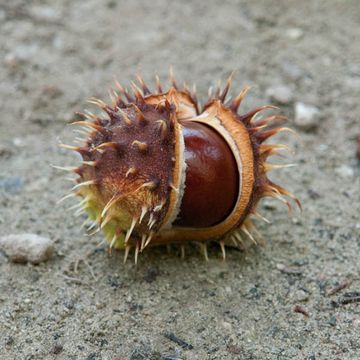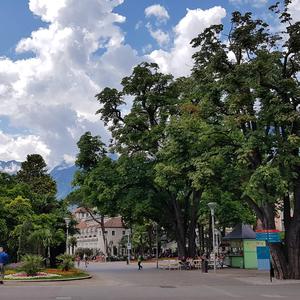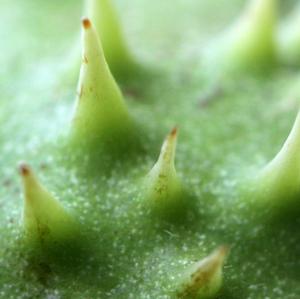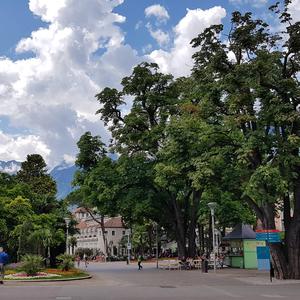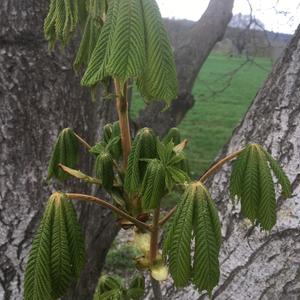Horse-chestnut
Scientific name
: Aesculus hippocastanum
Other names:
Bosanski: Divlji kesten
,
Català: Castanyer d'Índia
,
Česky: Jírovec maďal
,
Dansk: Almindelig Hestekastanje
,
Deutsch: Rosskastanie (Gewöhnliche)
,
Esperanto: Hipokastano
,
Español: Castaño de Indias
,
Eesti: Harilik hobukastan
,
Suomi: Hevoskastanja
,
Français: Marronnier commun
,
Hrvatski: Divlji kesten
,
Magyar: Közönséges vadgesztenye, vadgesztenye
,
Italiano: Ippocastano, Castagno d'India
,
Lietuviškai: Paprastasis kaštonas
,
Latviešu: Parastā zirgkastaņa
,
Nederlands: Witte paardenkastanje
,
Norsk (nynorsk): Hestekastanje
,
Norsk: Hestekastanje
,
Polski: Kasztanowiec zwyczajny
,
Português: Castanheiro-da-Índia
,
Română: Castan sălbatic
,
Русский: Конский каштан обыкновенный
,
Slovensky: Pagaštan konský
,
Slovenščina: Navadni divji kostanj
,
Svenska: Hästkastanj
Short Description
Ripe Horse Chestnut seeds contain saponins and flavonoid glyosides, extracts of which are used to combat or soothe various diseases (and are preventive against thrombosis). The active compounds in the seeds are widely available to the public in prepared medicines, ...
Author: Bruno P. Kremer
Discover this and other species in our apps
